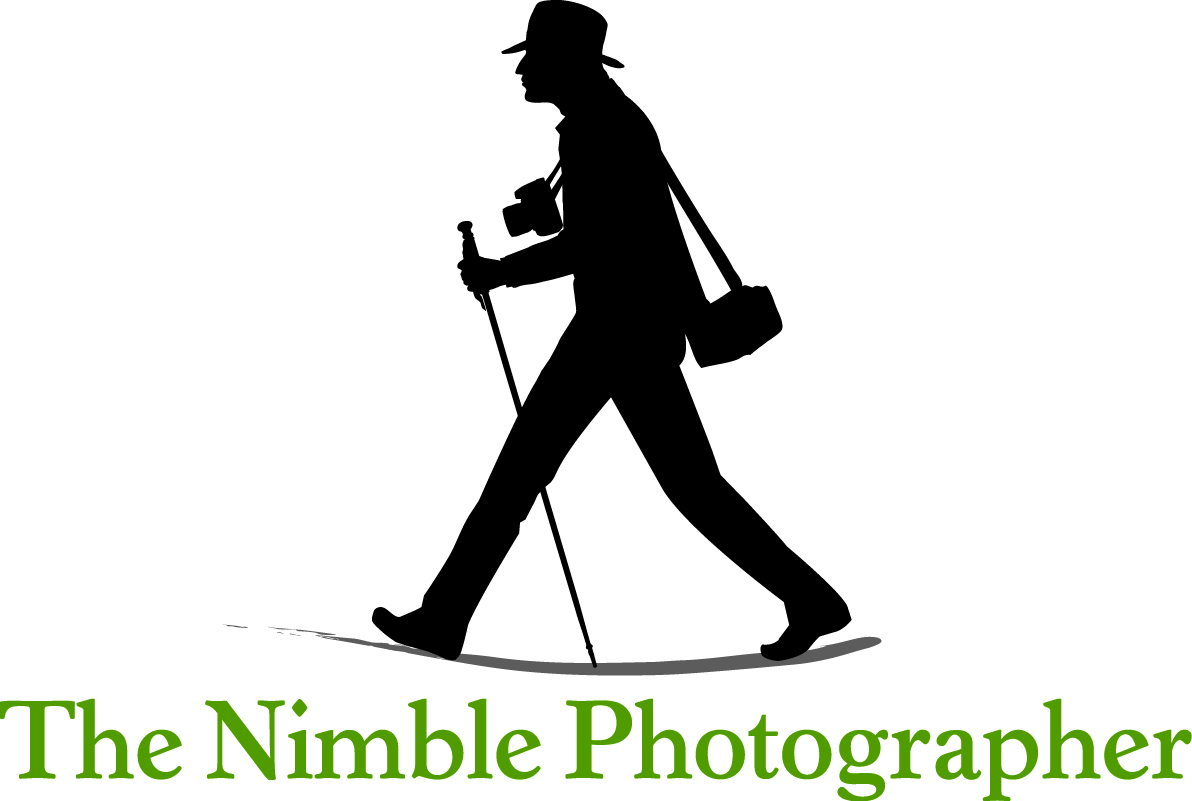There were a lot of things on my mind as I drove out of town.
Sonora Pass was ahead of me, Bridgeport behind. I left a few things there. I won't be missing them.
In the trunk of the car there were two bags. One contained a dusty change of clothes, toiletries, and some basic hiking gear. The other, a backpack, was used to transport an Olympus E-M10, four lenses, an iPad mini, wireless hard drive, and a few accessories. It's my version of traveling light.
Just a few days earlier, I had slung these two bags over my shoulder and walked up the back stairs to the second floor of the Bridgeport Inn. I had room 23.
"It's the one with a power outlet," Laura told me when I checked in. "Plus it's near the back door and the bathrooms."
The Bridgeport Inn was built in the late 1800s. Downstairs was a restaurant and saloon. There was also a large common area "where guests once smoked, read, and kept warm."
Upstairs was divided into two sections. On the left side were deluxe accommodations that contained a bathroom, heating, television, and other comforts. They cost more than what I was paying. The right side featured a long hallway with open doors on both sides. An open door meant the room was available. If you peered in, you would see a 9'x9' space with a bed, dresser, and a single light overhead.
With the exception of room 23, there wasn't even a power outlet. No heating, and the bathroom was at the end of the hall.
I normally camp when working in the Eastern Sierra. But this was a last-minute trip, so I booked the cheapest room possible instead. I knew it would be Spartan. But there was more there than I anticipated.
Nobody told me this, but I had a pretty good idea of how the Inn once worked. My room, along with the others on the right side of the building, were short-term accommodations. The interior stairs led from the raucous saloon to the long, darkened hallway.
I woke up cold at 3am the first night. The temperature outside was in the mid-20s, and my room was probably in the upper 30s. I had to sleep curled up. I was too uncomfortable otherwise.
"This is how it was," I thought. I remember one story about life in Bodie where the prostitutes would stay all night with the miners who had hired them. It was for the warmth. And in many cases, I'm sure it meant the luxury of a night's sleep.
First thing in the morning, I went downstairs to the heated restaurant. The coffee was good. I ate a full breakfast. I felt great.
This might sound odd, but I loved the experience. By the second day, I was already in rhythm with my life in the Eastern Sierra. I ate bigger meals, found an extra blanket, and worked hard while the sun was out.
I thought about how my life is different than when the Bridgeport Inn was built. And on my way to the Sonora Pass, I realized that I would have been fine then too.
Thanks to a cold night in Bridgeport,
I gained a lot of confidence
from a little discomfort.
-Derrick
